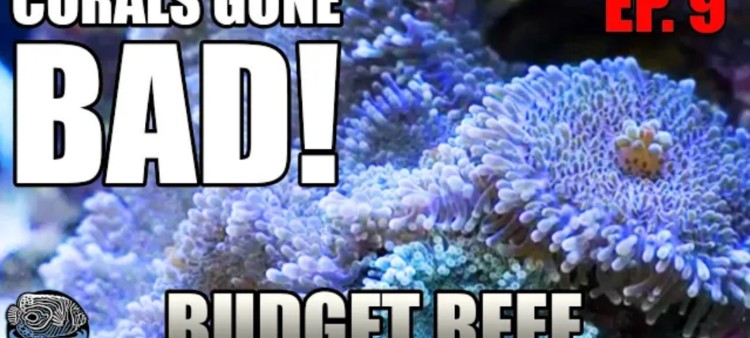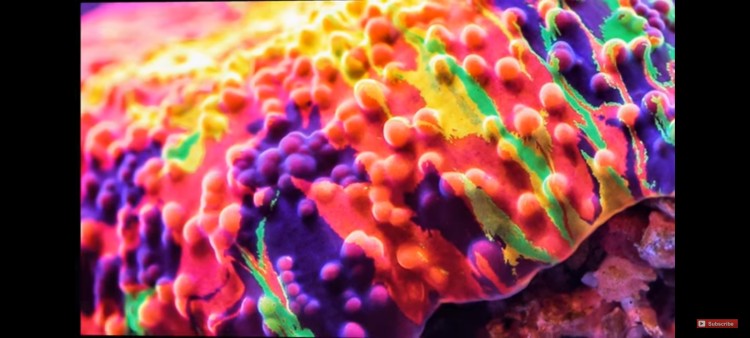Finding What's Wrong with Your Soft-Coral Saltwater Aquarium
- Sep 10, 2022
- Anshika Mishra
- 361 0 0

Keeping a saltwater tank is a gratifying hobby, but you'll also go through some bumps in the road with your tank. Every tank has its ups and downs, especially reef tanks.
When you hit some downtime in your tank, there are specific steps to take your weather that storm, and here we'll help you minimize that downtime. But before we go there, how would you even know if things are going wrong in your tank?
Finding the Issue
You can tell when your soft corals are unhappy because they die, disappear, and don't open up. Unfortunately, Zoanthias stay close and stiff.
They also shrink, but this is more common with Mushrooms. They will still open up, but the coral gets smaller and smaller in size. So when the soft corals in your tank don't look happy, don't simply throw in the towel.
One difference between good and average reef keepers is how they either the storm. An average reef keeper ignores the tank or tosses the towel when times get tough. Excellent reef keepers work with the problem, attack it head-on, and restore their tanks once again, becoming thriving reef tanks.
Once you have decided not to throw in the towel, here's what to do.
Check for Pest
First, look for pests. It's an easy test that you can do from the outside of your tank. Just put your eyes on the tank and look for common problems. For example, though red Planaria won't destroy your coral, they will annoy the coral, such as the polyps don't come out.
These guys are easily removed by dipping the corals in a dip. Zoanthid eating Nudibranch will eat Zoas, and they are the real issue. So remove them as soon as you spot them. Then dip the rest of the coral if you can.
Not that fish can be pests to corals. Some fishes are known to nip at or fly down and eat corals. So if you see a fish eating a coral in your tank, you've got the answer to your coral problem.
Water Chemistry
Run your water test and compare the results with the guidelines for soft corals:
- Alkalinity: 7-10 dKH
- Nitrate: 0-10ppm
- Phosphate: 0-0.10ppm
Remember that hitting these values isn't the point. As long as you are close to the values, that's okay. You also want to compare your test results to the ideal test results in your tank.
What's Changed
If everything is well, then ask: what's changed? Have you added new gear and removed existing bags? Changed setting? Added a fresh fish or coral? Change your routine?
You are hunting for something different, which may have thrown things off in your tank. If your water test results aren't out of the ordinary and nothing's changed in your tank routine, the next thing you can do is get an ICP test.
Add a poly-filter to your system when everything is checked out, but the corals still face issues.
One of the most humbling and sometimes frustrating facts about reef tanks is while nothing appears to have changed on your tank, all of a sudden, your tank starts not doing well. Then you add that sometimes you don't find a single source for what is causing problems in your tank.
It is likely not one thing causing the issue but multiple things coming together.







About author